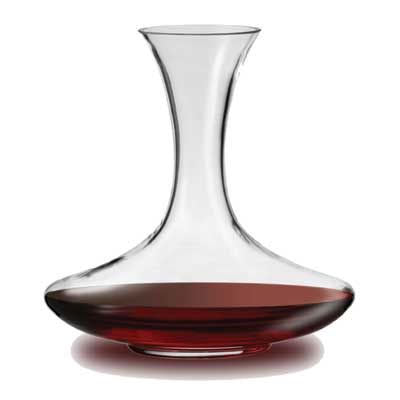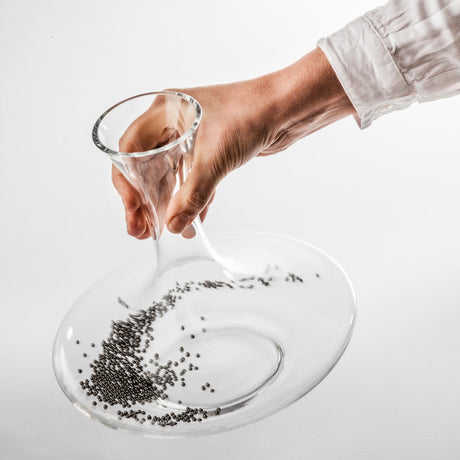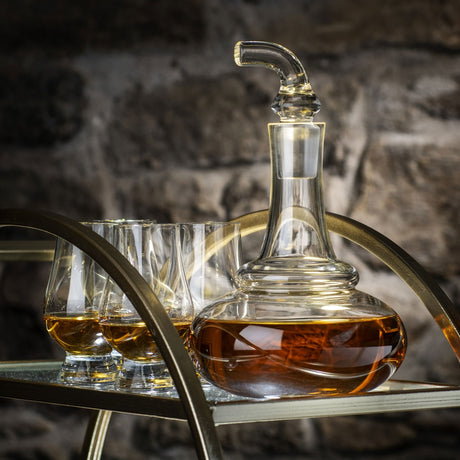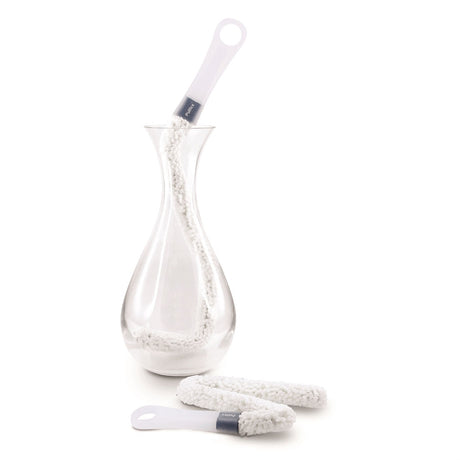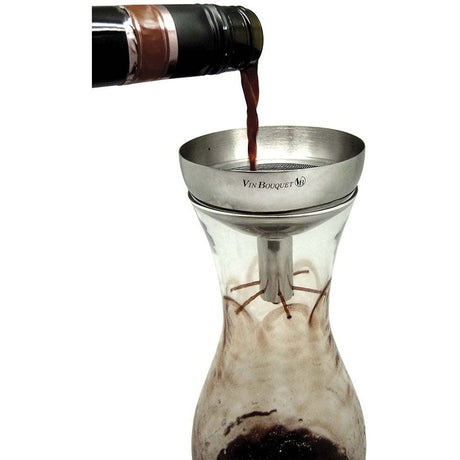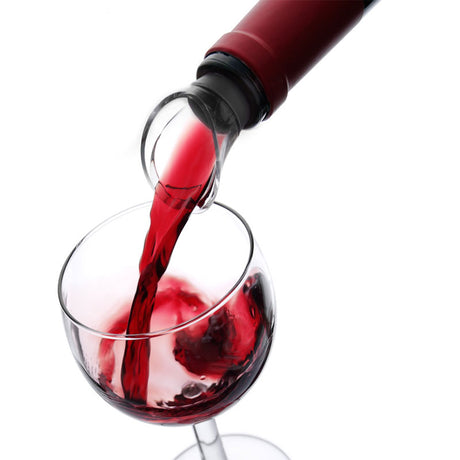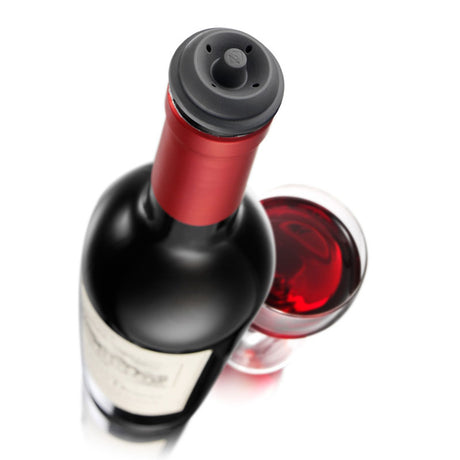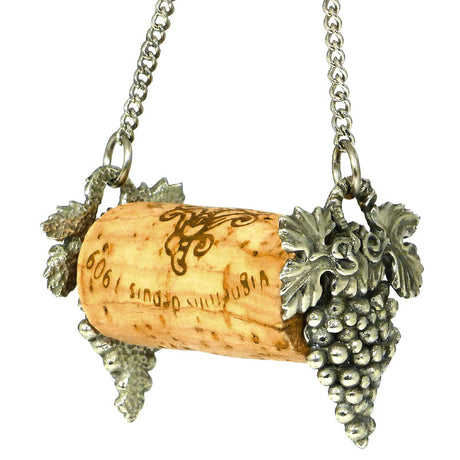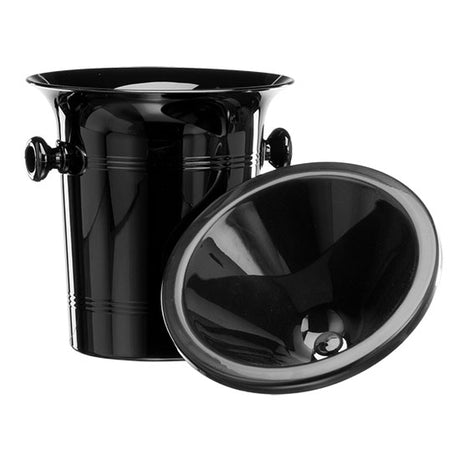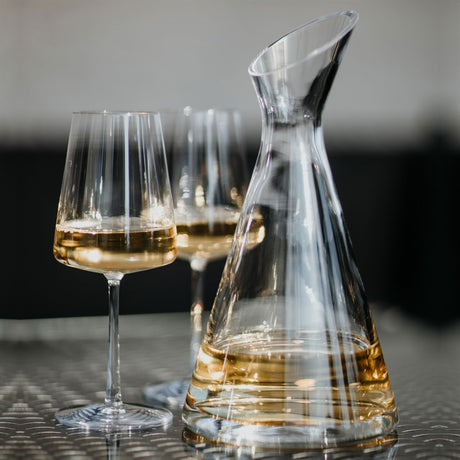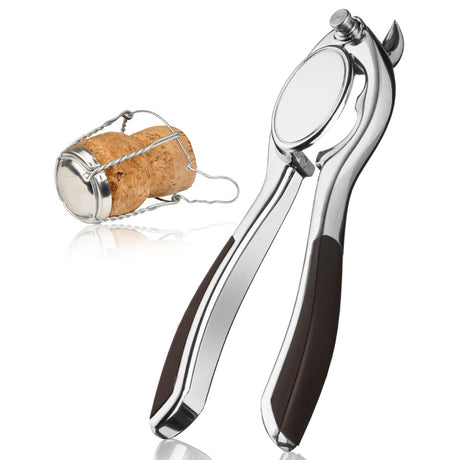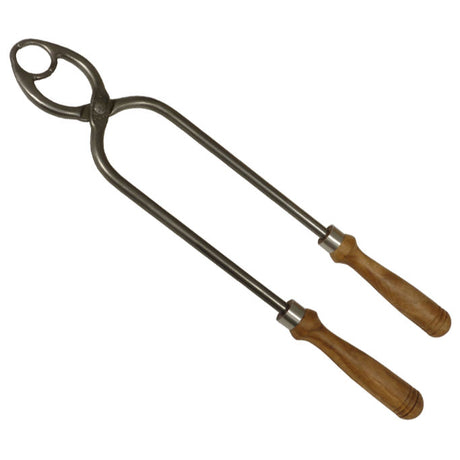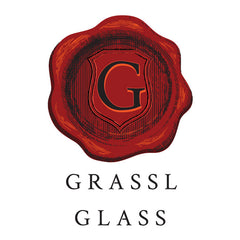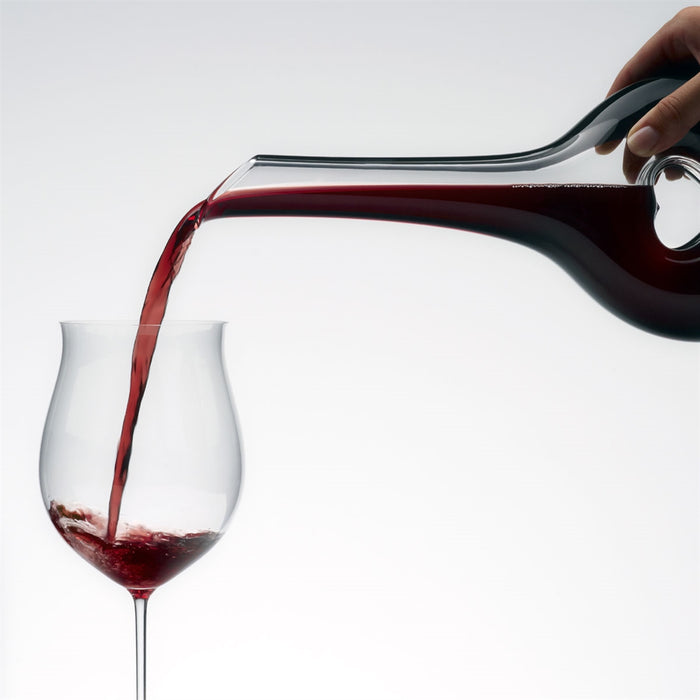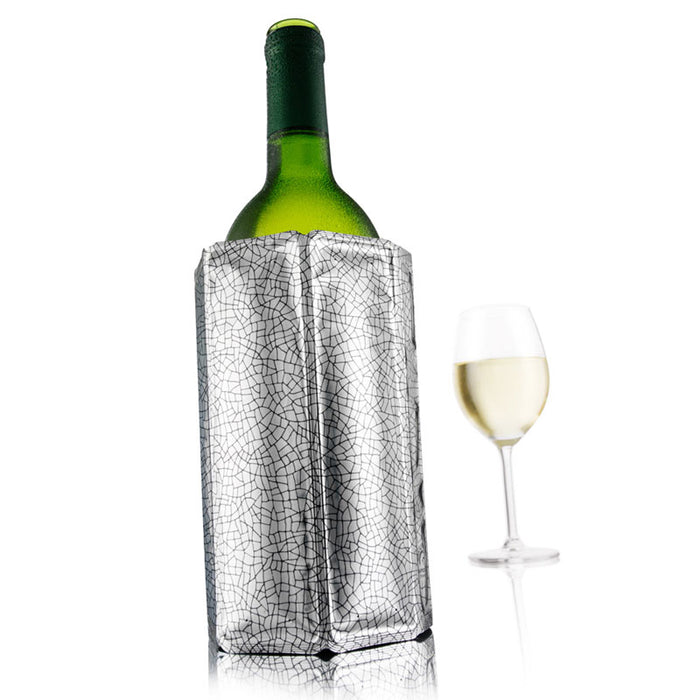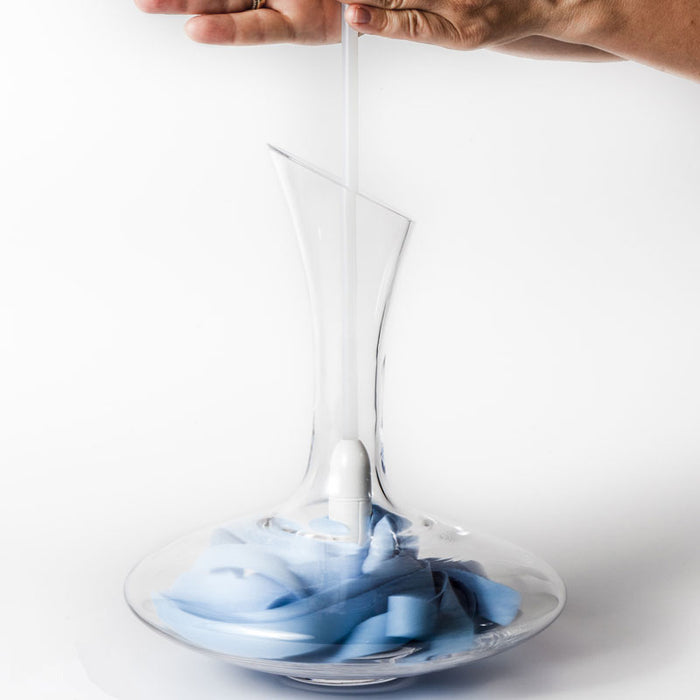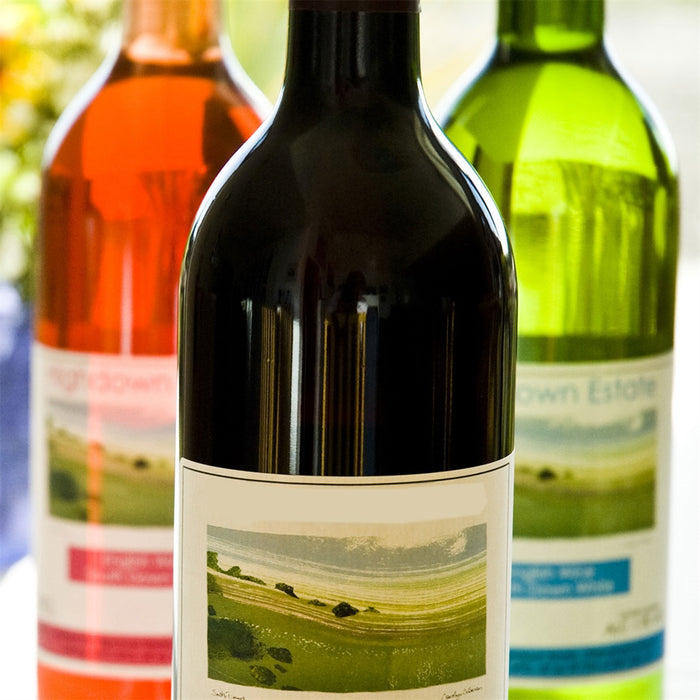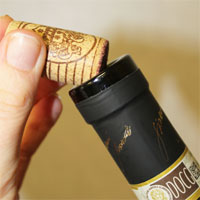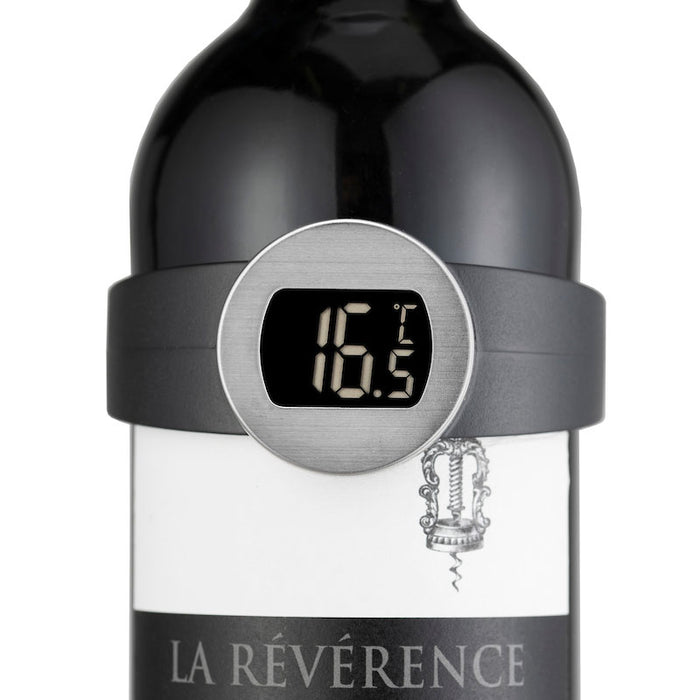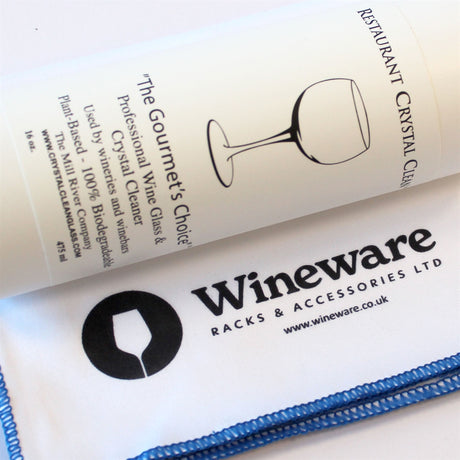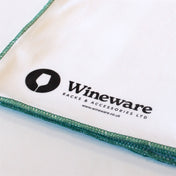
Enhance your wine experience with expert decanting techniques and the right tools, unlock hidden aromas, soften tannins, and bring out the full character of every bottle, just as a professional sommelier would. Whether you're opening a youthful red or a well-aged vintage, the proper approach to decanting can transform an ordinary pour into an extraordinary tasting experience.
Why Decant Wine?
Decanting isn't merely ceremonial; it's a vital process that:
- Aerates the wine, allowing it to breathe and release its full bouquet.
- Separates sediment in older vintages for a clearer pour.
- Enhances flavour, softening tannins and unveiling complex notes.
Whether you're enjoying a robust red or a delicate vintage, proper decanting can significantly elevate your tasting experience.
When Should You Decant?
| Wine Type | Decant? | Duration |
| Young red wines | Yes | 30–60 minutes |
| Aged red wines (10+ yrs) | Yes | 15–30 minutes |
| Full-bodied whites | Optional | 15 minutes |
| Sparkling wines | No | Not recommended |
| Wines with sediment | Yes | Until sediment settles |
Step-by-Step: Decanting Like a Professional
-
Select Your Decanter
Opt for a wide-based decanter for aeration or a narrower one for older wines with sediment.
-
Stand the Bottle Upright
For older wines, let the bottle stand upright for several hours to allow sediment to settle. -
Open & Inspect
Carefully open the bottle and examine the cork. For fragile corks, a two-pronged Butler’s Thief opener is ideal. -
Pour Slowly & Steadily
Gently pour the wine into the decanter, watching for sediment. Using a light source can help you see through the neck. -
Let It Breathe
Allow the wine to rest for the appropriate time based on its type. Swirling gently can enhance oxygen exposure if needed.
Essential Tools for Decanting
- Decanter – Choose a style that complements your wine and table aesthetic.
- Wine Opener – Any style of corkscrew will work, or a Butler’s Thief opener for older bottles.
- Aerator (Optional) – Useful for quick decanting or single-glass pours.
- Wine Funnel with Filter – Helps trap sediment for smoother pours.
Explore our Wine Decanter Collection >
Sommelier Tips
- Avoid over-decanting delicate wines as they can lose their nuance.
- When uncertain, taste the wine before and after decanting.
- Rinse your decanter with warm water only and use decanter cleaning balls.
Common Myths Debunked
"All wine needs decanting."
Some light-bodied reds and most whites don't benefit much from decanting and can even degrade.
"Decanting is only for expensive wine."
Even a £15 red can taste like a £30 bottle with proper decanting.
Elevate Your Pour
Decanting is both an art and a science. It is a perfect way to slow down and savour your wine. With the right tools and practice, anyone can decant like a sommelier.
Ready to Decant?
Shop our premium glassware, decanters, and sommelier tools designed to bring out the best in every bottle.
- Browse Wine Decanters >
- Browse Bottle Openers >
- Browse Glassware >

